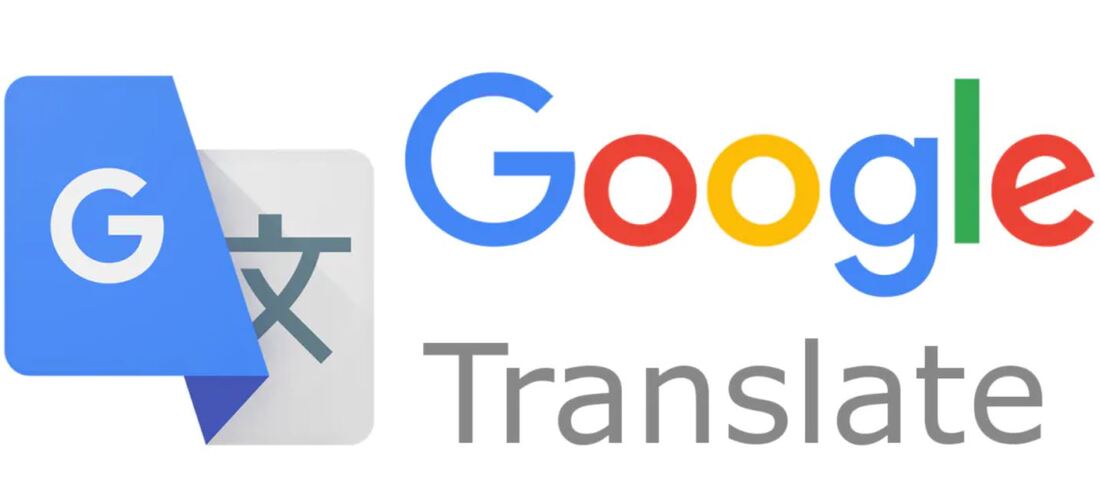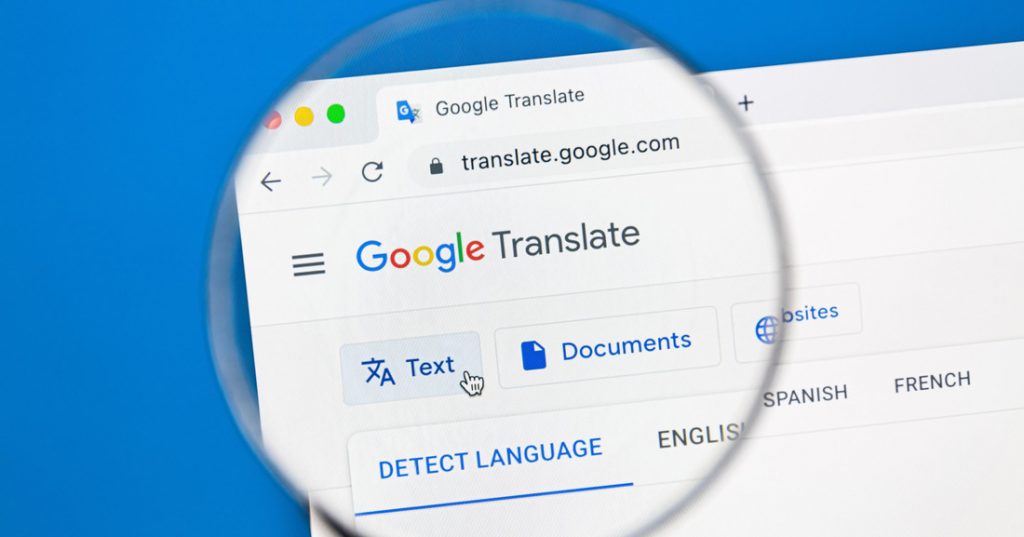
How Google Translate is helping to bring the World Together
There used to be a time when the only way we could communicate with people a long way away was by mail. It could literally take weeks for a simple message to arrive and by the time it did, it was often already outdated. Then along came the telegram, and then the telephone. They made instant communication over long distance a possibility and once the technology advanced enough, we could literally speak to people on the other side of the world.
The jet engine made long distance travel quicker and more affordable while the internet made communicating over very long distance even easier again. The world has effectively become a smaller place because it is now as easy to speak with somebody thousands of miles away as it is speaking with your neighbour.
There is a problem though. While we are able to speak to each other with ease that does not necessarily mean that we are able to understand each other. There are thousands of different languages across the planet and if you and the person you wish to speak with don’t share at least one of them, then communication can be all but impossible.
Electronic Mail
While standard, hand delivered mail is used a great deal less than it used to be, the newer, electronic variety is used very much all over the world. Email allows us to send messages instantly to other people anywhere on the planet and they are able to respond just as quickly, allowing for a conversation in real time. You had might as well be sat right next to the person passing messages to each other, only email messaging would be more efficient as it is easier to type quickly than it is to write quickly.
The language barrier still exists, but it is a barrier that is crumbling thanks mainly to Google translate and other similar translators. All you need to do is to copy the foreign jibberish that you don’t understand, paste it into google translate and hey presto: You have an instant translation.

A Work in Progress
While translations from Google translate do help you to at least get the gist of the message, it is far from perfect. Languages are very complex with often contradictory rules and packed with nuances. So far we have not been able to develop an algorithm that is able to translate with complete accuracy, but we are getting there. At least for now though we are able to get a general idea of what the other person is saying, even if it does appear to be in child’s language at times.
Once we have finally managed to perfect automatic written translations, you can be sure that we will not stop there. Many futuristic movies have depicted tiny translators that clip onto your ear and give an instant, real-time translation so you can understand with ease.
These machines may well be reality at some point in the future. The technology is already in development and online resources are available that offer voice instant translations. While there is still a lot of work to be done on the technology, it may not be too long before you can go away on holiday and not have to worry about understanding the local language.
